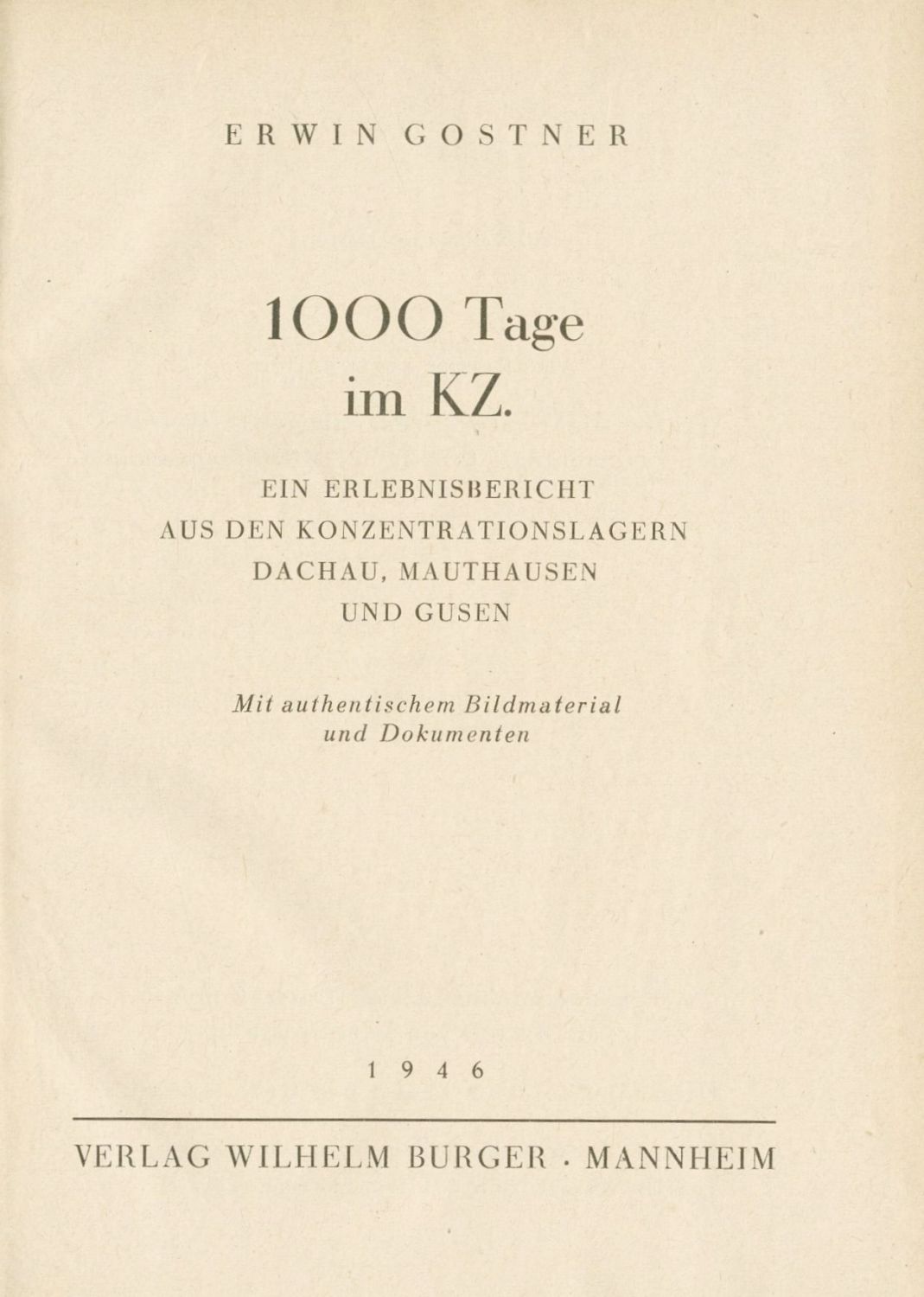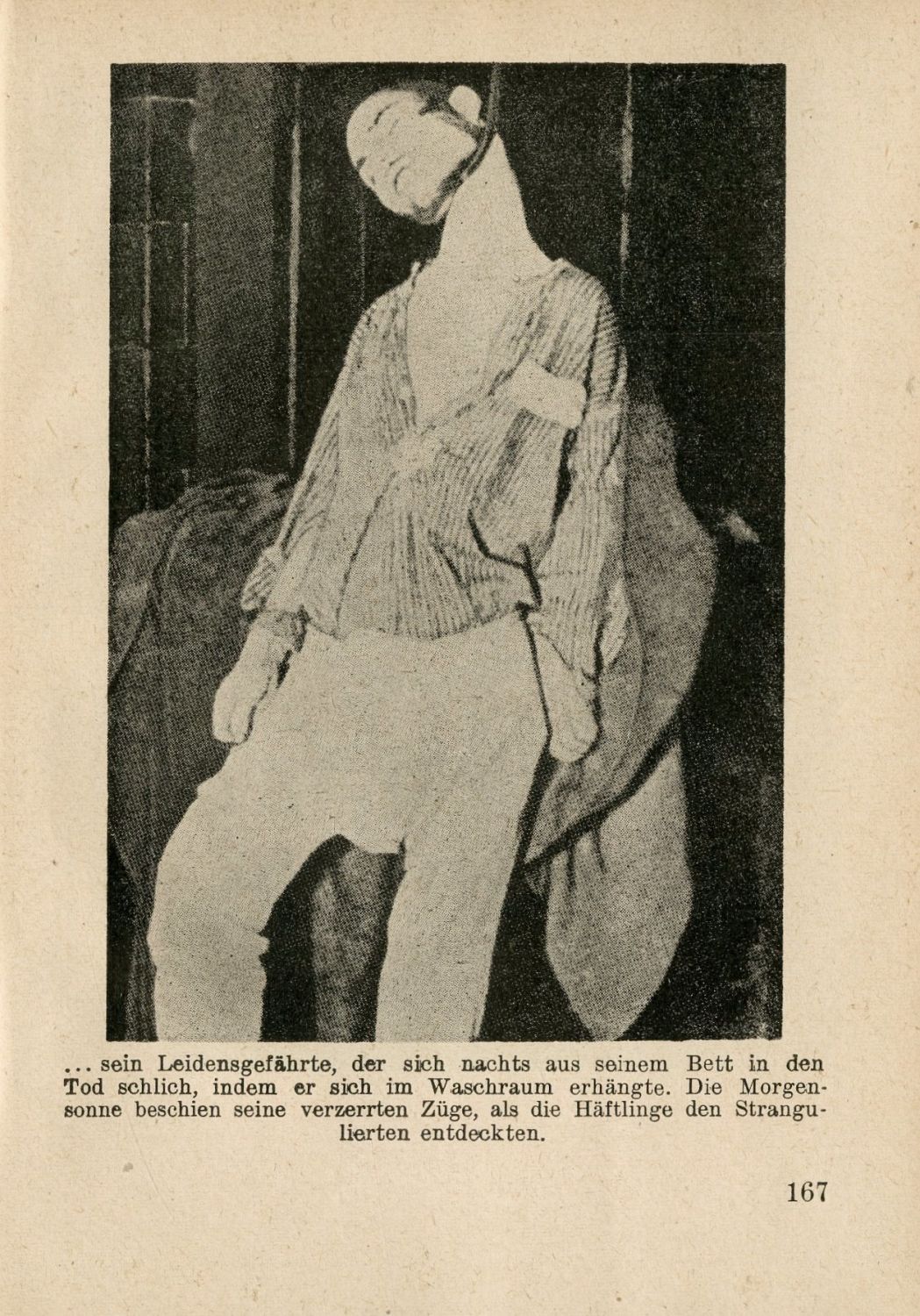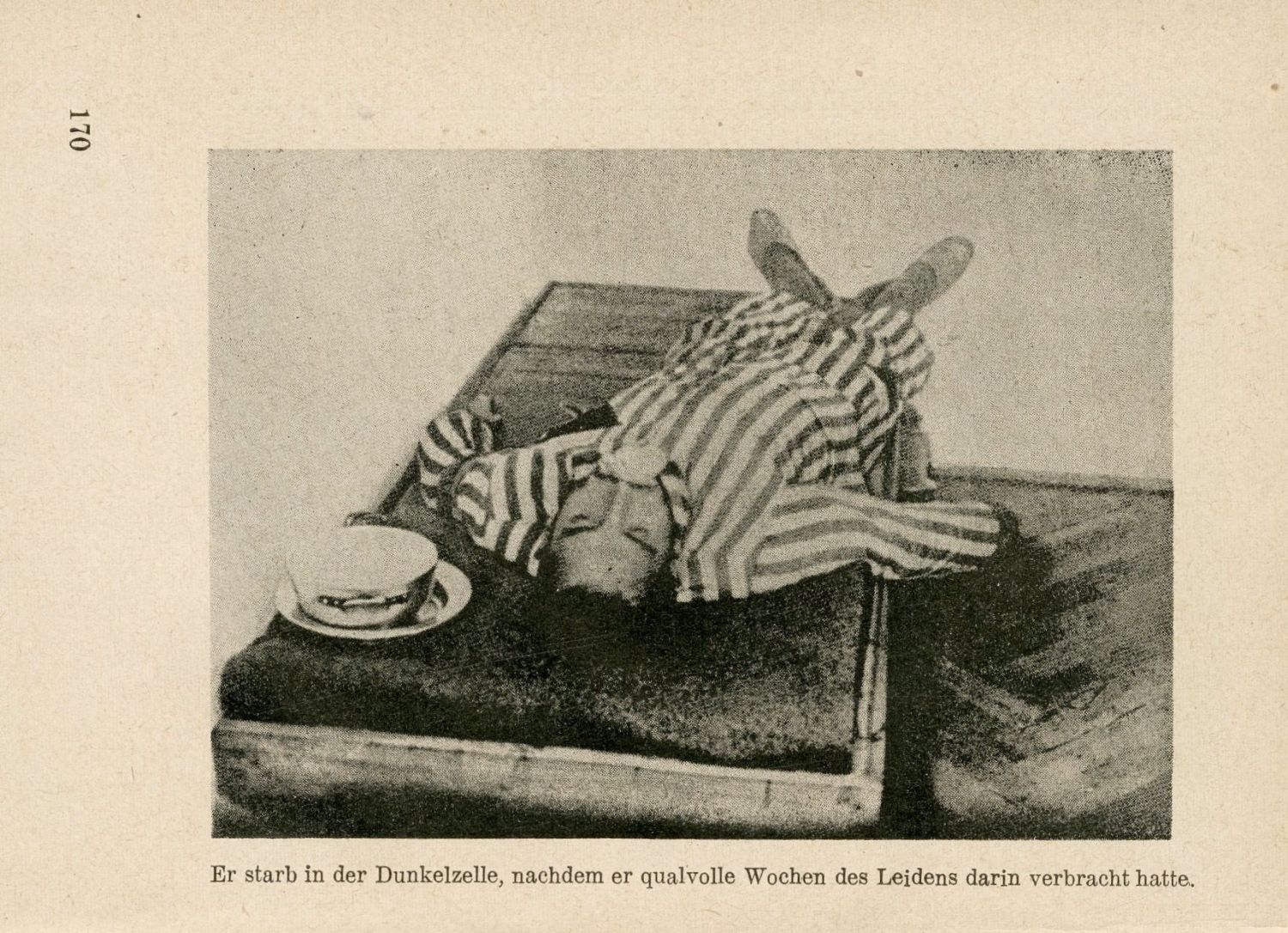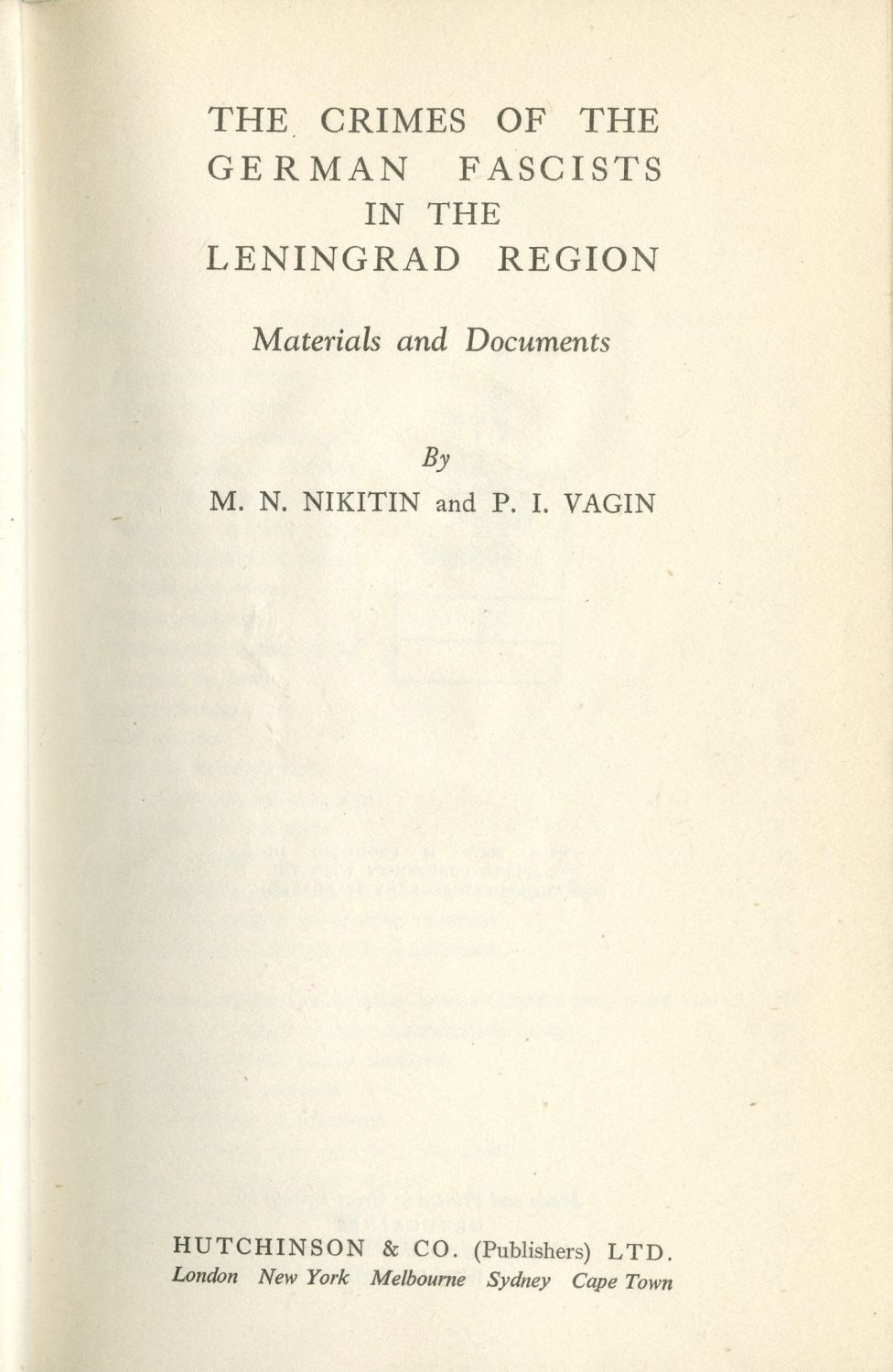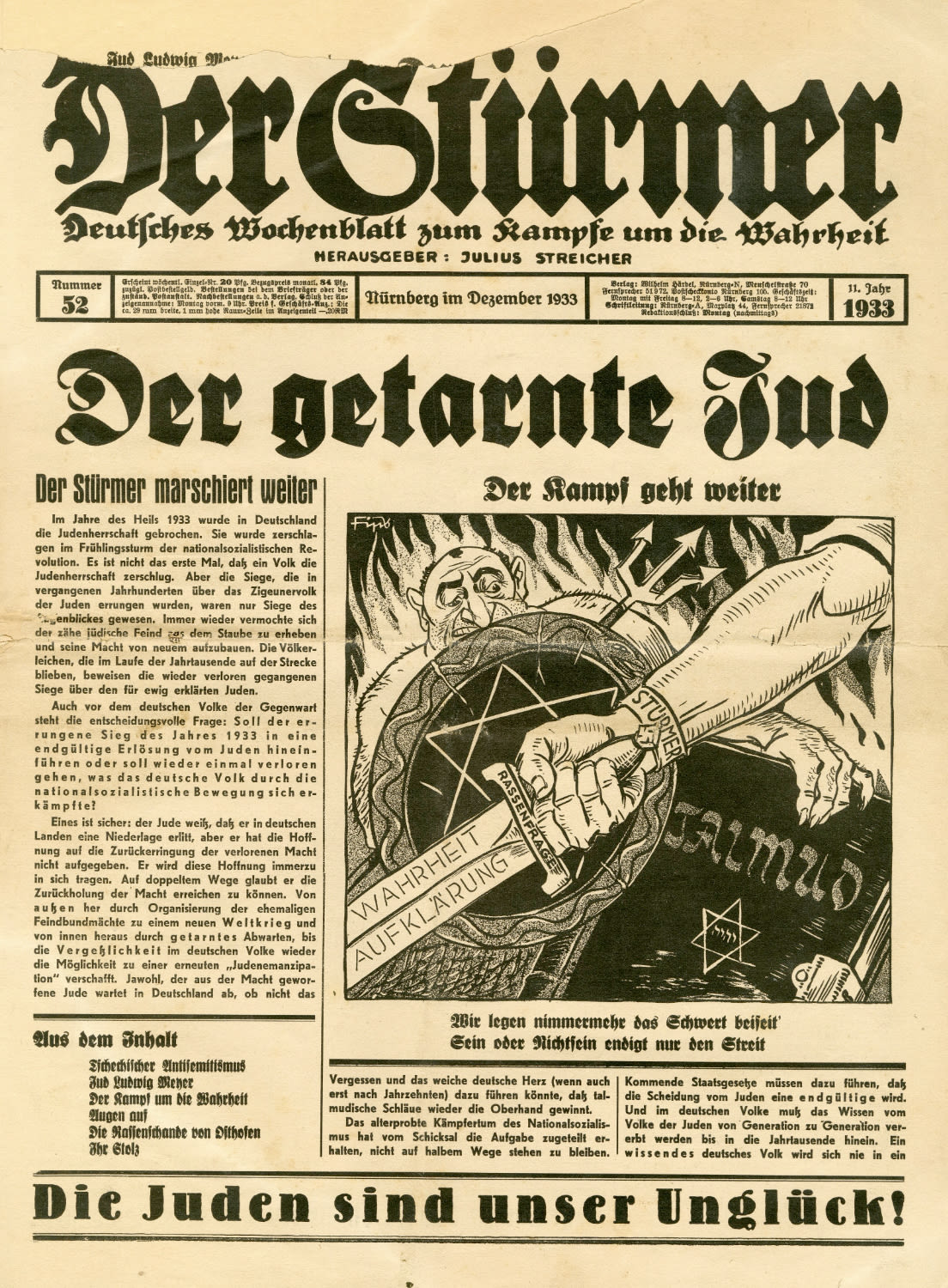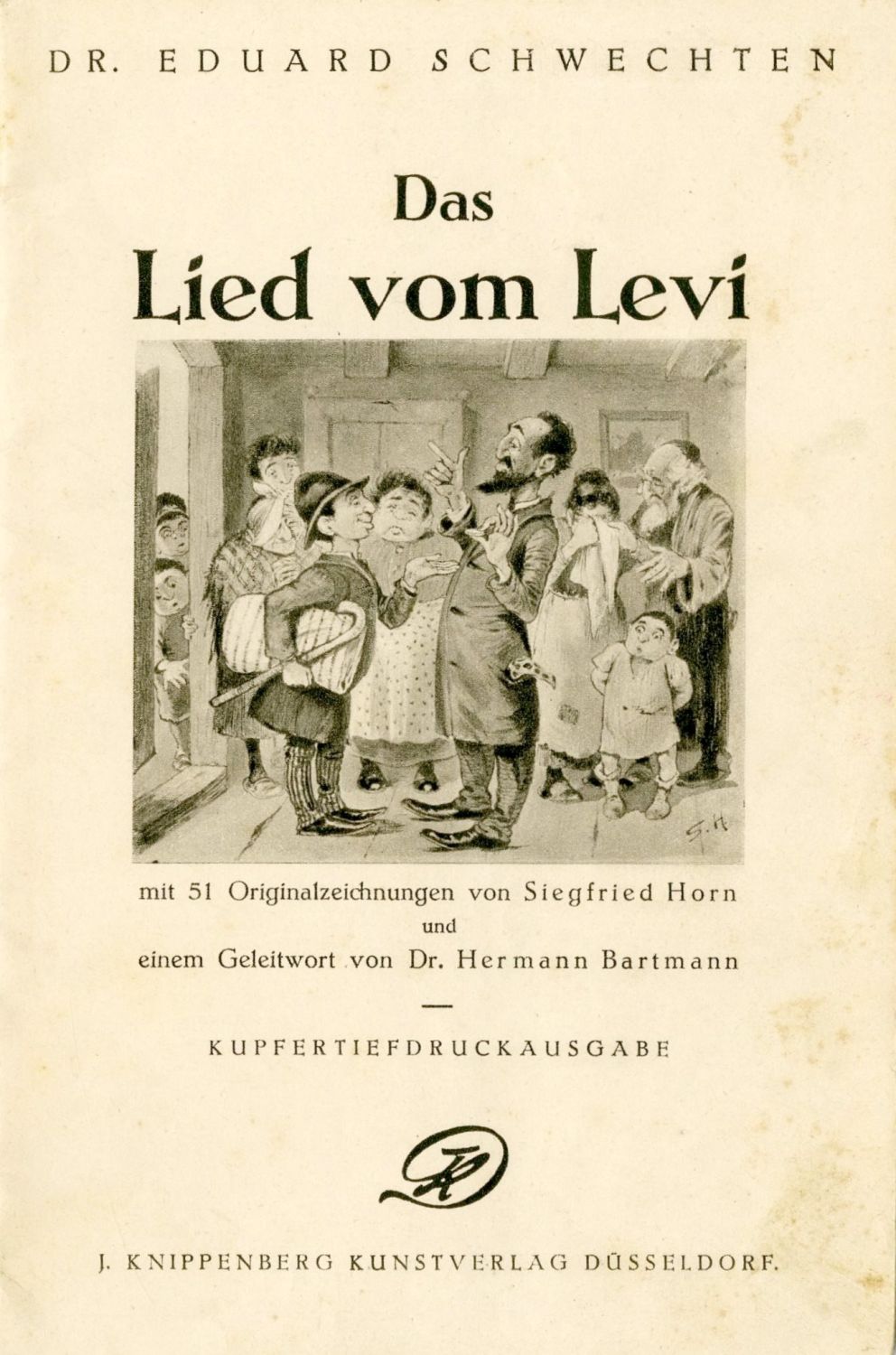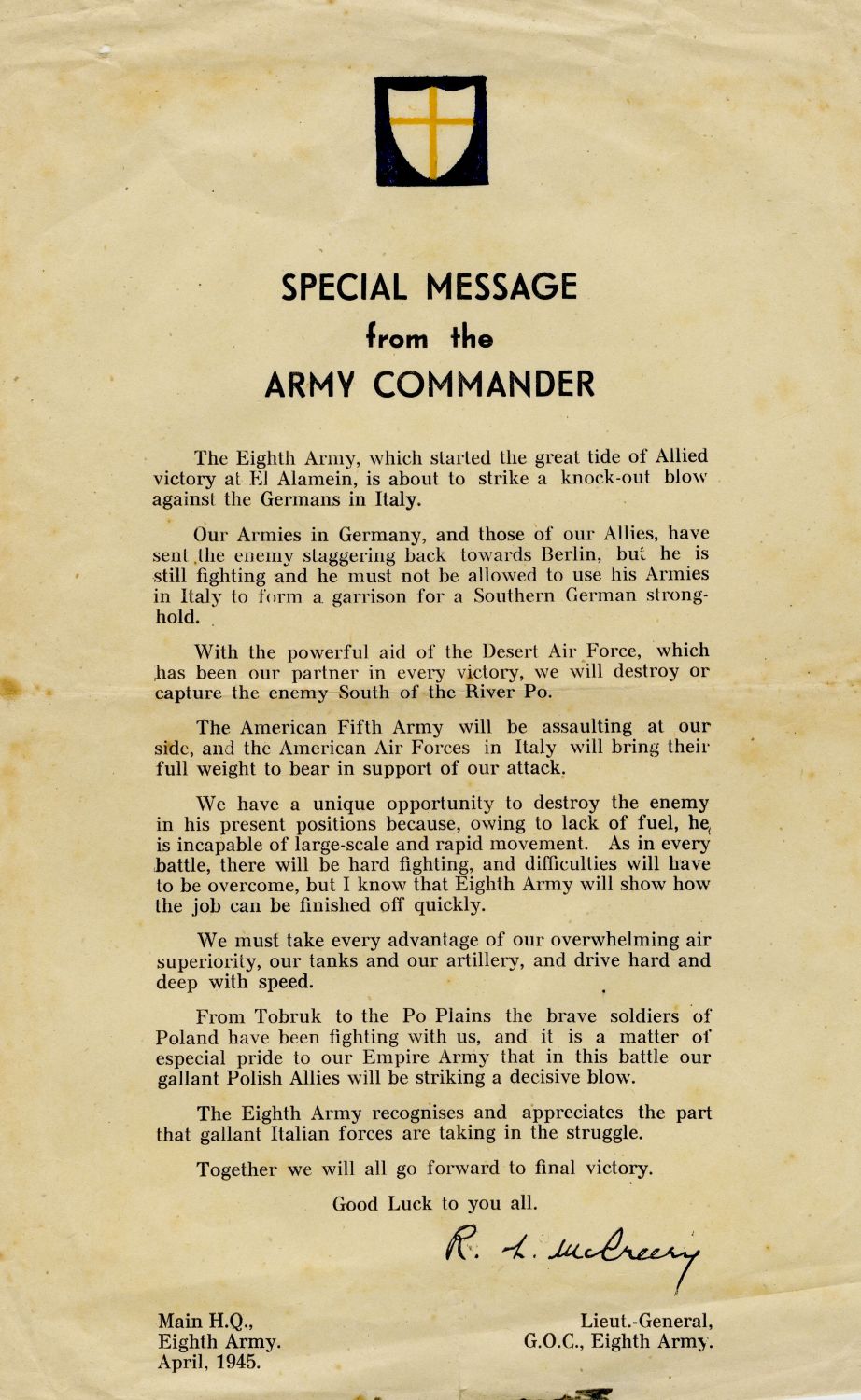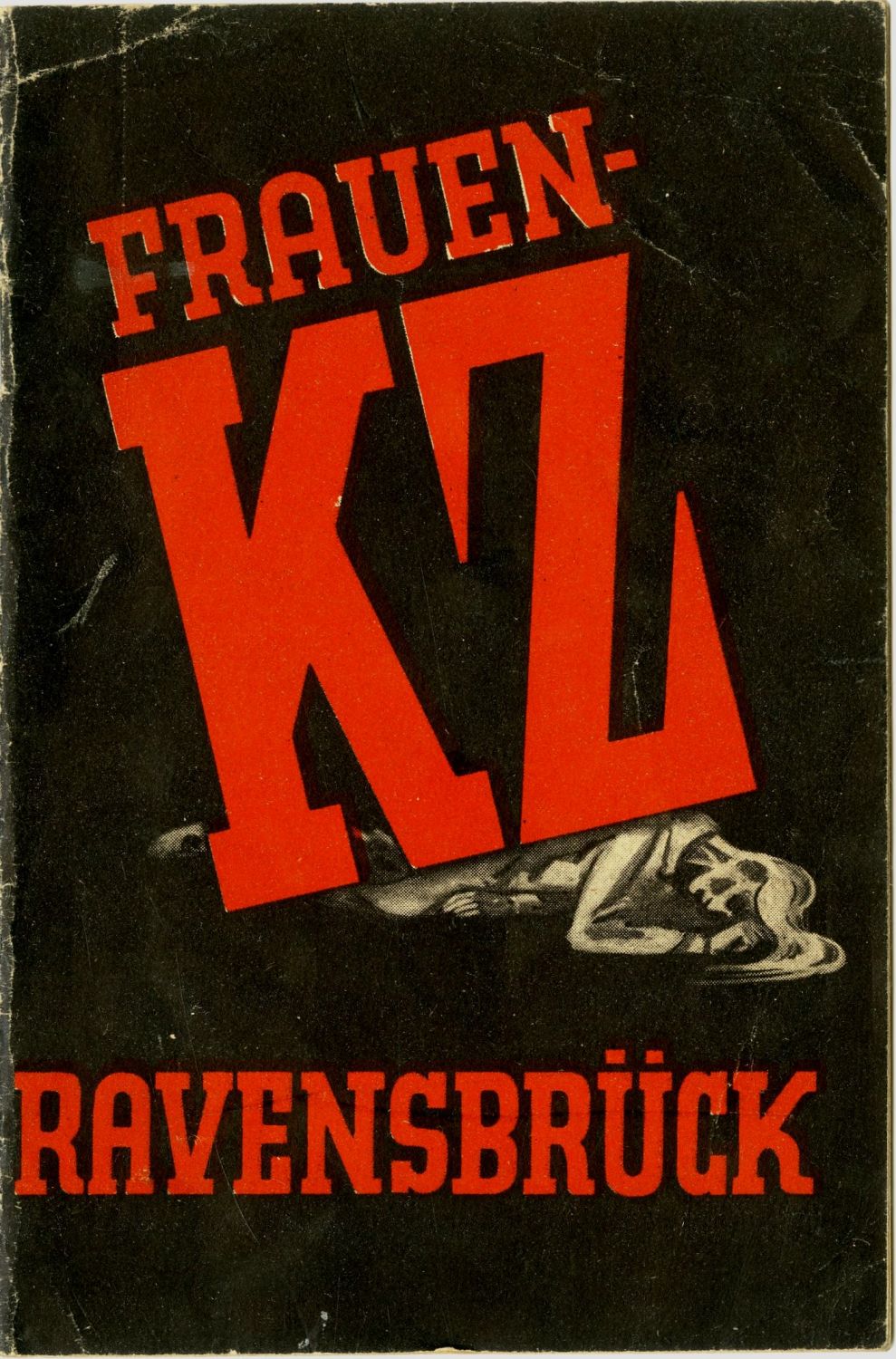1000 Tage im KZ. Ein Erlebnisbericht aus den Konzentrationslagern Dachau, Mauthausen und Gusen. 1000 Days in a Concentration Camp. A Firsthand Account from the Dachau, Mauthausen and Gusen Concentration Camps. A detailed report by resistance activist and concentration camp prisoner Erwin Gostner, who spent three years in these camps! He was released, became an Allied soldier and fought the Nazis until the end of the war. Published by Mannheim Verlag Wilhelm Burger, Mannheim, 1946 - Accompanied by harsh photos from the death camps. German.
“Three years in the Dachau and Mauthausen concentration camps give me the right to publish this book. Three years of harsh exile and continuous physical and mental torture... As a healthy man trusting in law and justice I embarked on my miserable path, I returned home permanently scarred by the horror of the camps of terror...”. The story of an Austrian prisoner arrested by the Gestapo on March 12, 1938 - the day Germany annexed Austria and turned it into a district of the German Reich (the "Anschluss"). After a short interrogation and speedy trial he is accused of subverting the Nazi regime and after a short stay in a local prison he is taken to Dachau. In Dachau he receives prisoner number 14356, and a red triangle marking as a political prisoner, his hair is shaved off, and all his property is stolen from him. At 6 am the first prisoner roll call is held where the camp commander says that no one has ever managed to escape from Dachau, and if someone does manage to escape the whole camp will pay for it! Gostner was employed in forced labor laying electric cables around the camp with bare hands, and soon his and all his fellow prisoners’ hands fill up with blisters as "medical care is out of the question". At one point, after the Nazis realize they are unable to extract information from him about his comrades, he is taken to solitary confinement for continuous torture over four months. After four months when his body is broken and battered the Nazis return him to work. In those days he describes his dire condition: “I drag 1000 kg cement sacks to the concrete mixer and hurry back running, at Dachau everything needs to be done running, if you’re slow you immediately get beaten... Although my body is shrinking to a skeleton, I can do the hard work... ".
Among other things Gostner describes the severe abuse suffered by Jews in the camp and the sadistic ways the Nazis executed Jewish prisoners - "Since the attack on German diplomat Ernst vom Rath thousands of Jews have been sent to the camp. Almost all are tortured to death at an inhuman pace according to a well-planned scheme...The broken and miserable figures have to march barefoot back and forth several times on a gravel path, and then they drag themselves into the blocks with bleeding feet... Later we hear many shots fired behind the bunker..." . In addition, he documents the fate of several prisoners who were with him in the camp, noting their names and what was done to them. This is one of the first publications exposing the horrifying fact of Nazi snipers daily shooting prisoners who do not meet the work pace from the guard towers.
In May Erwin was transferred to Mauthausen along with a group of prisoners. It was the “first group of political prisoners to arrive at Mauthausen”. At Mauthausen he was employed in forced labor at the camp quarry splitting and crushing heavy blocks into paving stones. In this camp too he continued to document the harsh punishments, the various torture techniques used by the Nazis on prisoners throughout his stay there, the executions, the pile of corpses in the crematorium, and the Nazis' constant attempts to find new ways to dispose of the bodies, repeatedly asking himself where is this abnormal desire for destruction and death coming from?.
After three years hovering between life and death in the camp he is called to the camp command to sign a piece of paper that was in fact his release form the camp without any explanation as to why they decided to release him. The form contains clauses that obligate him to remain silent about everything his eyes saw in the camp, threatening that he would be arrested and executed if he reveals anything. He returns to Vienna and in the midst of World War II after his body strengthens he joins the Allies in their fight against the Nazis until the end of the war “what I thought impossible happens, I, a former concentration camp prisoner become a soldier”. He was first stationed in Holland and later in the Adriatic Sea. In the final chapters Erwin describes the fate of Jews in the war through the testimony of two Jews he met during his service in the Allied army who documented for him the horrors the Nazis committed in the transports to Auschwitz, and especially the fate of the Jews of Vienna.
The book is accompanied by plates of harsh photos of prisoners in the camps where he stayed, which were printed from negatives he himself held, showing forced laborers near the fence, those who were tortured, executed by hanging and other means, or threw themselves on the camp’s electric fence, as well as photos of the Dachau crematorium, corpses of victims, etc. Cover design and illustrations depicting the scenes are by Karl Zommer.
194 p. 18 cm. Very good condition.




